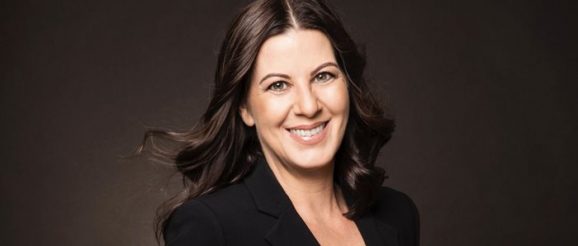How agencies can deliver creative innovation that matters – TBWA

Creative innovation is not about having an “Aha” moment, or a solo endeavor, especially for brands with a wide footprint, and that need to resonate with a large audience.
Being intentional about creating advertisements, television commercials, billboard, or any branded content, plays a vital role not just in extending a brand but also in informing and inspiring current and potential customers. It’s a deliberate process for the brand and for any agency tasked with creative work for a brand. There is no one person that has a flash of inspiration and produces a campaign, platform or design system – it takes a lot of people a lot of hours, over a long period of time to create great work.
For agencies that need to deliver creative thinking and campaigns on behalf of a multinational, dealing with many people in many different countries (both from the client and within the agency), it can take longer and require more collaboration around different thinking and creative styles.
Even for an agency collective like TBWA\ South Africa, which specialises in platform and system design for big brands, creative innovation is a journey: the result of trial and error, missteps and mistakes.
This was especially the case when working on MTN’s recent brand refresh. TBWA\ was responsible for landing the historic rebrand across the continent, in 18 markets.
Much like MTN’s creative platform, “What Are We Doing Today?” revolves around goals, drive and teamwork, so too did the process that went into the design of the platform.
It took collaborative problem-solving among just over 100 people with different expertise and points of view. As a collective, TBWA\ had to unleash the talents and passions of many people, and then harness them into a body of work that was useful to MTN.
Through the process, it became clear that innovative agencies are communities that have three capabilities: creative abrasion, creative agility and creative resolution.
Creative abrasion
Creative abrasion is about being able to create a marketplace of ideas through debate and discourse. The aim should be to amplify differences, not minimise them. Creative abrasion is not about brainstorming, where people often suspend their judgment of other’s ideas; it often means having very heated arguments that, in the end, work to create a portfolio of alternative ideas. But these arguments should always be constructive.
Team members in innovative agencies need to inquire – they need to actively listen, while advocating for their point of view, because innovation won’t happen unless there is both diversity and conflict.
Creative agility
Creative agility is about being able to test and refine any portfolio of ideas through quickly pursuing the idea, testing it out, then reflecting and adjusting where necessary. It’s about discovery-driven learning where an agency acts, as opposed to plans, its way to the future. It’s about pushing for design-thinking, and working with a combination of scientific method and artistic process.
Agencies should see this as a series of experiments, and not a series of pilots. Experiments are usually about learning. When there is a negative outcome, it’s a learning curve. Pilots are often about being right. When they don’t work, someone or something is to blame.
Creative resolution
Creative resolution is about decision-making in a way that can combine even opposing ideas to reconfigure them into new combinations that produce a solution that is useful.
Creative teams should never go-along-to-get-along. They should never compromise. And should never let one group or one individual dominate (even if it’s the boss or an expert). Decision-making should be a patient and inclusive process that allows for both-and solutions to arise, and not simply either-or solutions.
No creative team will be successful across regions, no matter the brand they’re working on, without these capabilities.
Creative agencies should also remember:
To the TBWA collective in Africa, success in creative collaboration means creating a world to which people want to belong. A world where the community is living at the frontier; where everyone is a disruptor; everyone has a voice; where everyone – no matter their level or role – can voice their thoughts and feelings about ideas or creative executions, and is heard.
That’s the only way to deliver creative innovation that matters.
